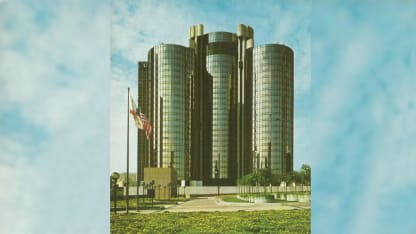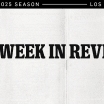By the early 1970s, the downtown Los Angeles skyline was changing drastically. The
height restriction imposed on Downtown buildings
had been removed, so over the 1950s and 60s, buildings had steadily crept higher. In 1968, the Union Bank Plaza was built as the
first true "skyscraper,"
followed shortly after by the Crocker Citizens Bank in 1969, seen in the photo below.
Around the same time, the Los Angeles Central Library was falling into disrepair. Built in 1926 by Bertram Goodhue, and an
early example of Art Deco architecture
, it was one of the iconic cornerstones of the downtown Los Angeles landscape, and was eventually
designated as a Historic-Cultural Monument in 1967
.
50 Years In LA: Historical Preservation in LA
What Stays, What Goes: The Rise of Historic Preservation in Los Angeles




















